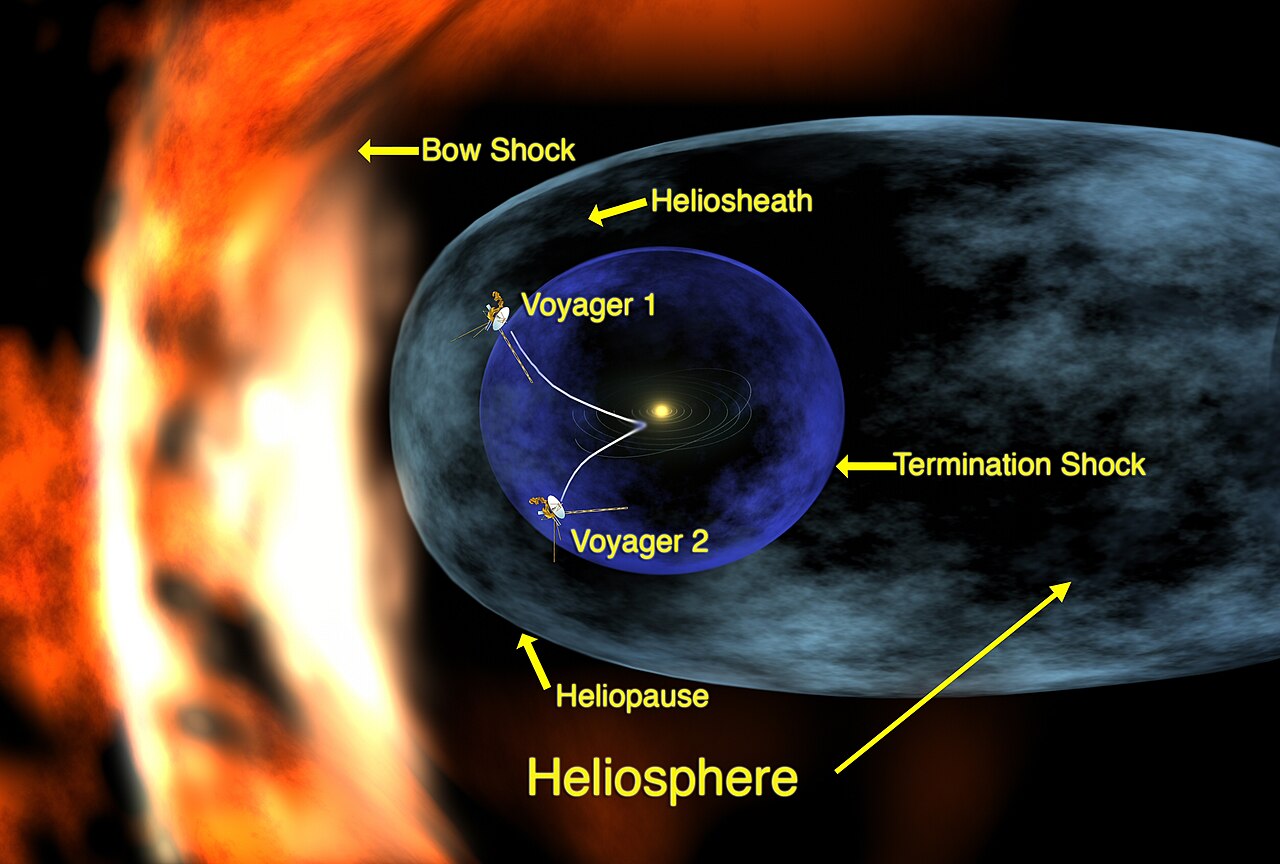Mačak;4302809 schrieb:
Mich interessiert bis wohin es Voyager noch schaffen wird. Wenn sie bisher nicht auf Außerirdische gestoßen ist wird sie es wohl nie. Denn es herrscht draußen doch nur Leere abgesehen von Asteroiden, Planeteb etc., Sternen
Na ja, dass es in unserem Sonnensystem kein intelligentes Leben (außer uns

) gibt, war schon vorher klar, und die Sonden haben ja gerade mal den Rand des Systems errreicht. Voyager 1 hat übrigens Treibstoff für die nächsten 40 Jahre....
Voyager-Programm ? Wikipedia
Spektakulärer Absturz der NASA-Sonde "Messenger" steht bevor
Am Donnerstagabend soll die Raumsonde planmäßig auf den Merkur stürzen. Die fast elfjährige Mission ist eine Erfolgsgeschichte
Weil Zustand und Tank es zuließen, war die Mission von der US-Weltraumbehörde NASA zweimal um insgesamt vier Jahre verlängert worden - ursprünglich waren von "Messenger" nur etwa 2.500 Bilder erwartet worden.
Crash mit 3,91 km/s
Am 24. April dieses Jahres wurde ein letztes Mal die Umlaufbahn der Raumsonde korrigiert, der Treibstoff ist nun aufgebraucht. Nach Berechnungen der NASA wird sie am 30. April mit einer Geschwindigkeit von 3,91 Kilometern pro Sekunde auf der erdabgewandten Seite auf dem Merkur einschlagen.
...
Spektakulärer Absturz der NASA-Sonde "Messenger" steht bevor - Raum - derStandard.at ? Wissenschaft
The Mercury Atmosphere and Surface Composition Spectrometer (MASCS) instrument aboard NASA's MESSENGER spacecraft was designed to study both the exosphere and surface of the planet Mercury. To learn more about the minerals and surface processes on Mercury, the Visual and Infrared Spectrometer (VIRS) portion of MASCS has been diligently collecting single tracks of
spectral surface measurements since MESSENGER entered Mercury orbit on March 17, 2011. The track coverage is now extensive enough that the spectral properties of both broad terrains and small, distinct features such as pyroclastic vents and fresh craters can be studied. To accentuate the geological context of the spectral measurements, the MASCS data have been overlain on the monochrome mosiac from the Mercury Dual Imaging System (MDIS), an instrument with wide- and narrow-angle cameras to map the rugged landforms and spectral variations on Mercury’s surface. Click on the image to explore the colorful diversity of surface materials in more detail!
The MESSENGER spacecraft is the first ever to orbit the planet Mercury, and the spacecraft's seven scientific instruments and radio science investigation are unraveling the history and evolution of the solar system's innermost planet. In the mission's more than four years of orbital operations, MESSENGER has acquired over 250,000 images and extensive other data sets. MESSENGER's highly successful orbital mission is about to come to an end, as the spacecraft runs out of propellant and the force of solar gravity causes it to impact the surface of Mercury
near the end of April 2015.
Image Credit: NASA/Johns Hopkins University Applied Physics Laboratory/Carnegie Institution of Washington
Last Updated: April 30, 2015
Editor: Sarah Loff
Unmasking the Secrets of Mercury | NASA
 ) gibt, war schon vorher klar, und die Sonden haben ja gerade mal den Rand des Systems errreicht. Voyager 1 hat übrigens Treibstoff für die nächsten 40 Jahre....
) gibt, war schon vorher klar, und die Sonden haben ja gerade mal den Rand des Systems errreicht. Voyager 1 hat übrigens Treibstoff für die nächsten 40 Jahre....


